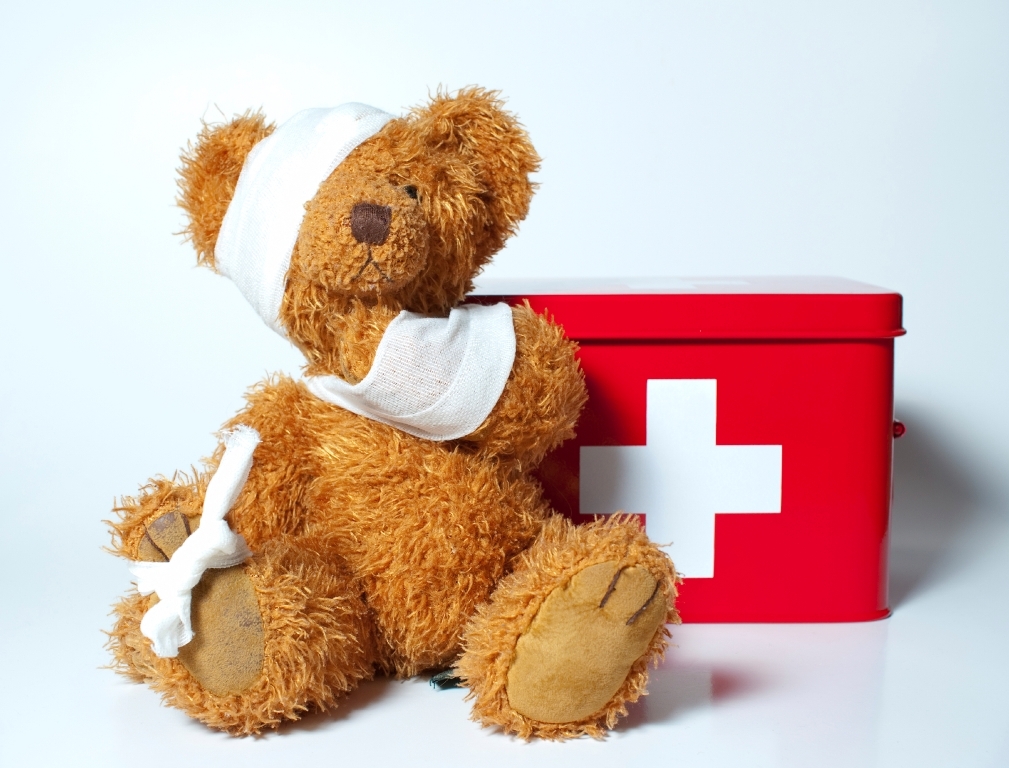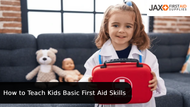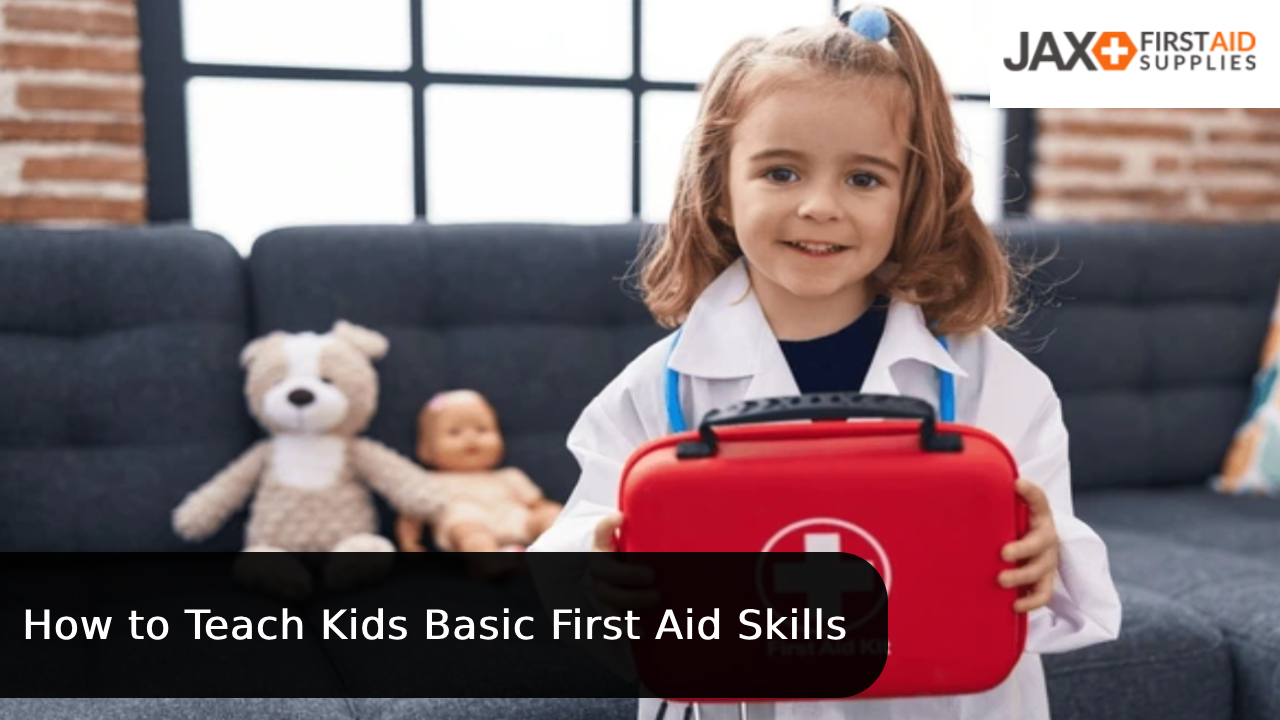How to Teach Kids Basic First Aid Skills
Published by Jax First Aid Supplies on 1st Oct 2025
Teaching Children Basic First Aid Skills
First aid is an important life skill, however, it is often overlooked until an emergency actually occurs. Teaching children the basics of first aid doesn’t just prepare them to help others in times of need, but also builds their confidence and awareness of safety. In the UK, first aid education is becoming increasingly valued, with many schools now including it within their lessons. However, parents and carers also play an important role in making sure their children understand what to do in common situations such as small cuts, burns, where to find the household first aid kit or even knowing when to call 999.
Why does first aid education matter for children?
Children are naturally curious, active, and adventurous, which means accidents can and will happen. From playground tumbles to scraped knees, these common, minor injuries give opportunities for children to learn how to look after themselves and others. By teaching kids basic first aid skills, parents and educators give them the tools to respond calmly and effectively in a first aid situation.
Very young children can understand the importance of simple steps, such as telling an adult when another child has been hurt, while older children can be helped towards the understanding of treating minor injuries themselves. These lessons also help them develop empathy and responsibility, which are important qualities that are valuable throughout life.
Age appropriate first aid skills for kids
When introducing first aid to children, it is important to keep it simple and suitable for their age. For younger children under the age of seven, lessons should focus more on recognising danger, asking for help, and understanding that calling 999 is something reserved only for emergencies. They can also be shown how to place plasters on small cuts with supervision, which introduces them to the basics of wound care.
Children between seven and twelve are able to begin to learn more hands-on skills, such as cleaning and dressing a minor graze, cooling a small burn under running water, or applying an instant ice pack to a bump or sprain. At this stage, they can also be encouraged to practise the recovery position, which is a very important first aid skill if an individual is unconscious but still breathing.
Teenagers are able to progress to more advanced skills such as learning CPR and understanding how to respond accurately and effectively to choking, all of which are covered in basic first aid courses made for schools and youth groups.
Practical Ways to Teach Kids First Aid
The most effective and fun way to teach children first aid is through hands-on practice and simple, memorable explanations. Parents can roleplay scenarios with their children, such as pretending to fall and graze their knee and asking the child how they would respond to the situation. Demonstrating how to clean a small cut and apply a plaster, using first aid supplies from a children’s first aid kit, can help the lesson to feel realistic and engaging.
It can also be helpful to use everyday opportunities to reinforce these important skills. For example, if a child gets a grazed knee while playing outside, involving them in the washing of the wound and choosing the correct plaster teaches them how to manage similar situations in the future. Simple repetition and encouragement can greatly help children to build confidence without feeling overwhelmed with information.
Teachers and group leaders can also incorporate first aid into classroom activities or scout sessions. Using a child CPR manikin for CPR practice, for example, gives older children a chance to experience a realistic but safe version of an emergency situation.

What are the essential first aid supplies for common children’s injuries?
To teach children first aid effectively, it can be quite useful to have a dedicated set of first aid supplies. A family first aid kit containing plasters, sterile dressings, antiseptic wipes, and ice packs gives everything needed for practising the basic first aid skills. Products such as adhesive plasters are particularly useful, as children can easily learn how to apply them.
For burns, showing children how to run a burn under cool water before covering it with a dressing reinforces the importance of acting quickly and correctly to a burn. A small burn kit is a practical teaching method for this. Eye wash pods, meanwhile, demonstrate how to deal with irritants safely, without the need for complicated instructions.
By using real first aid supplies in demonstrations, children can gain good, practical experience whilst also understanding the importance of cleanliness and safety when dealing with these common injuries.
Encouraging Confidence and Responsibility
One of the greatest benefits of teaching children first aid is the sense of responsibility it gives them. Knowing they have the ability to help when it matters most can reduce fear in emergencies and encourage calm, considered action. Parents should praise their children for their efforts, even if they do not perform every step perfectly, as their confidence grows with more practice.
It is also important to remind children that their role is not to replace the help of the adult, but rather to act as an assistant until a responsible adult can take over. Reinforcing this message makes sure that they understand their limits while still feeling empowered to help.
First aid is not only a skill for adults
But it is something children of all ages can begin to learn in safe and simple ways. From recognising when to call for help, to applying plasters or understanding how to cool a burn, these lessons give children valuable, important knowledge that they will carry with them for life. With the correct guidance, practice, and access to the best first aid supplies, parents and teachers can equip children with the confidence to respond in emergencies.








